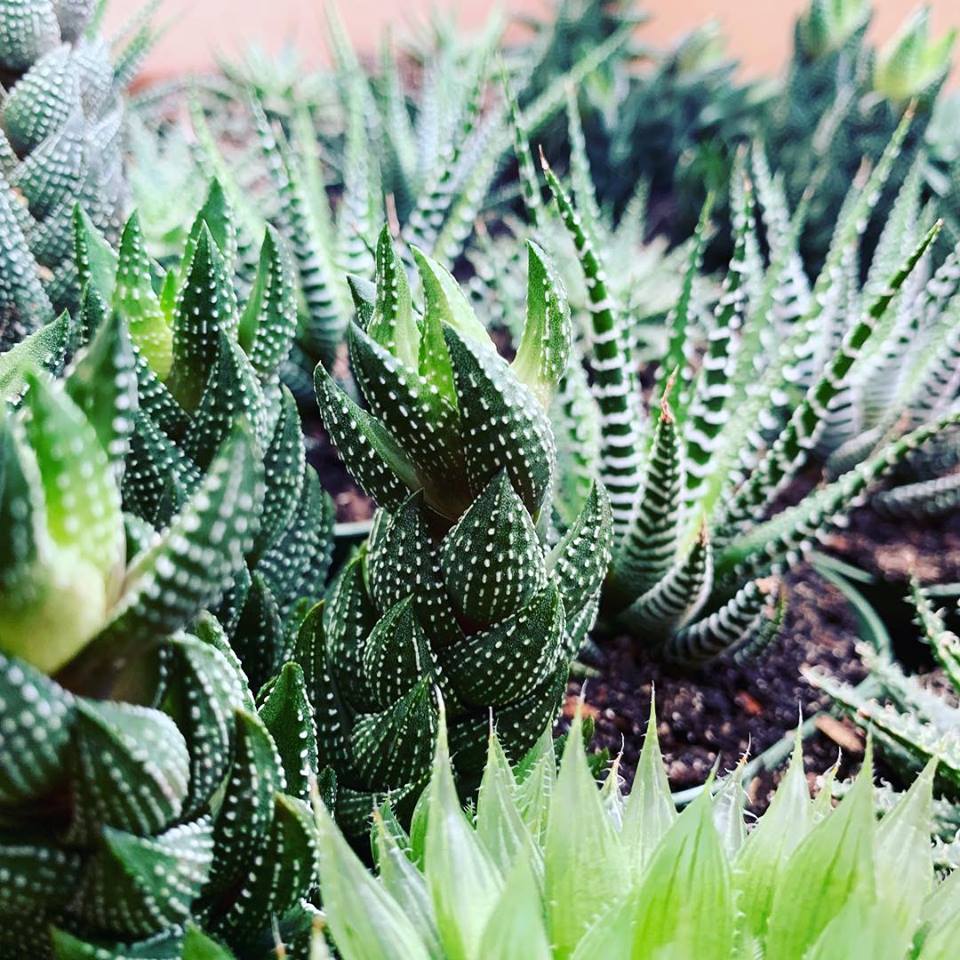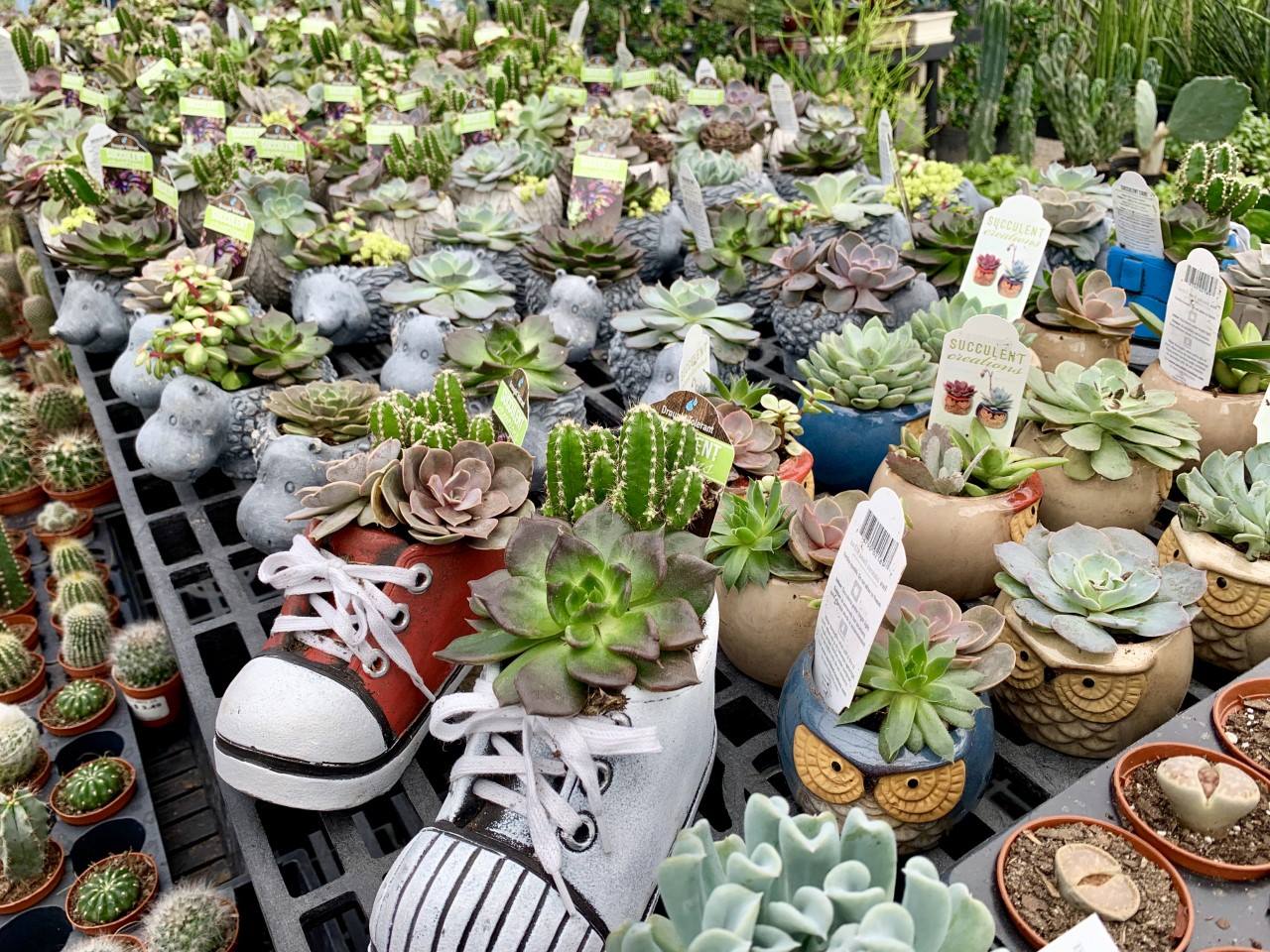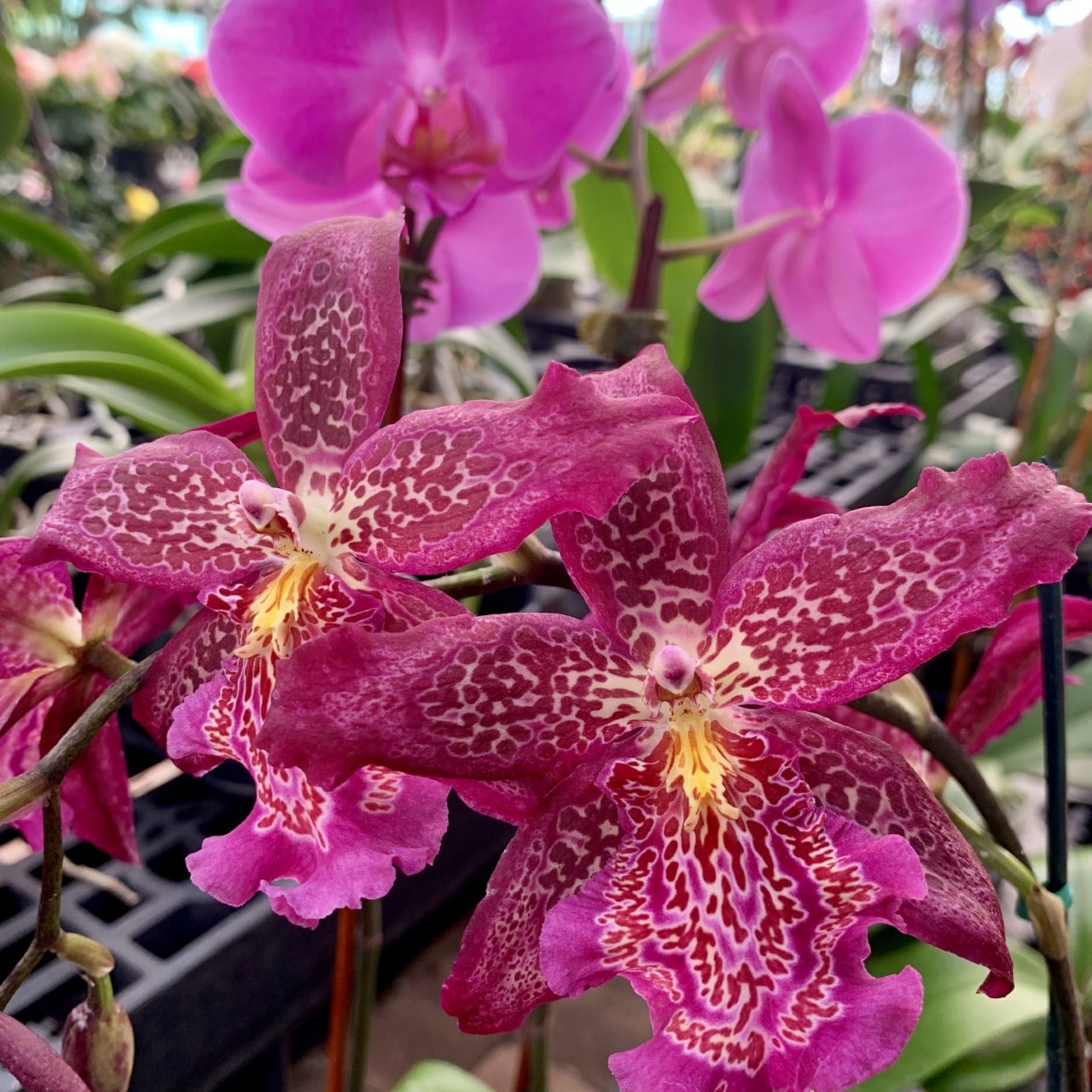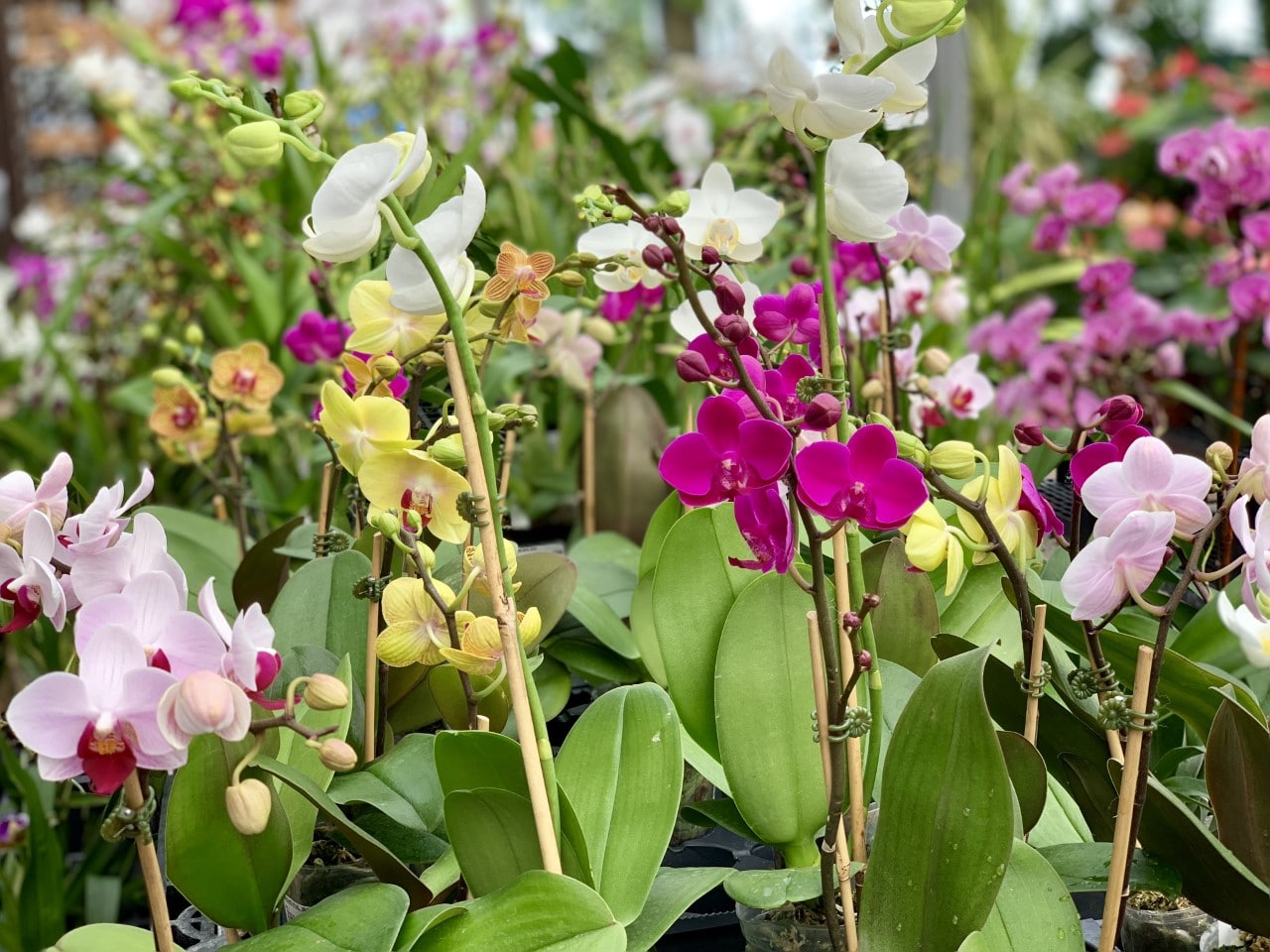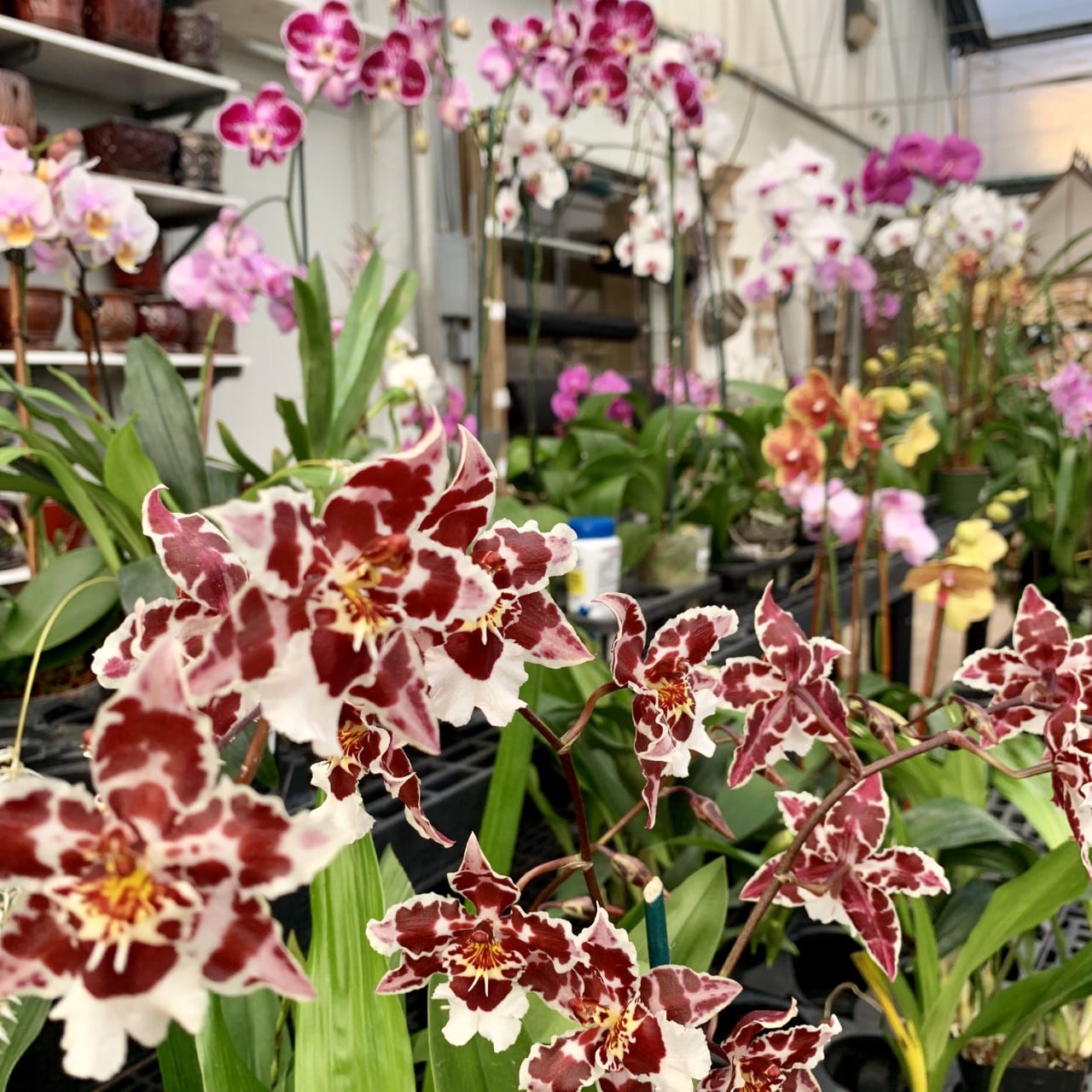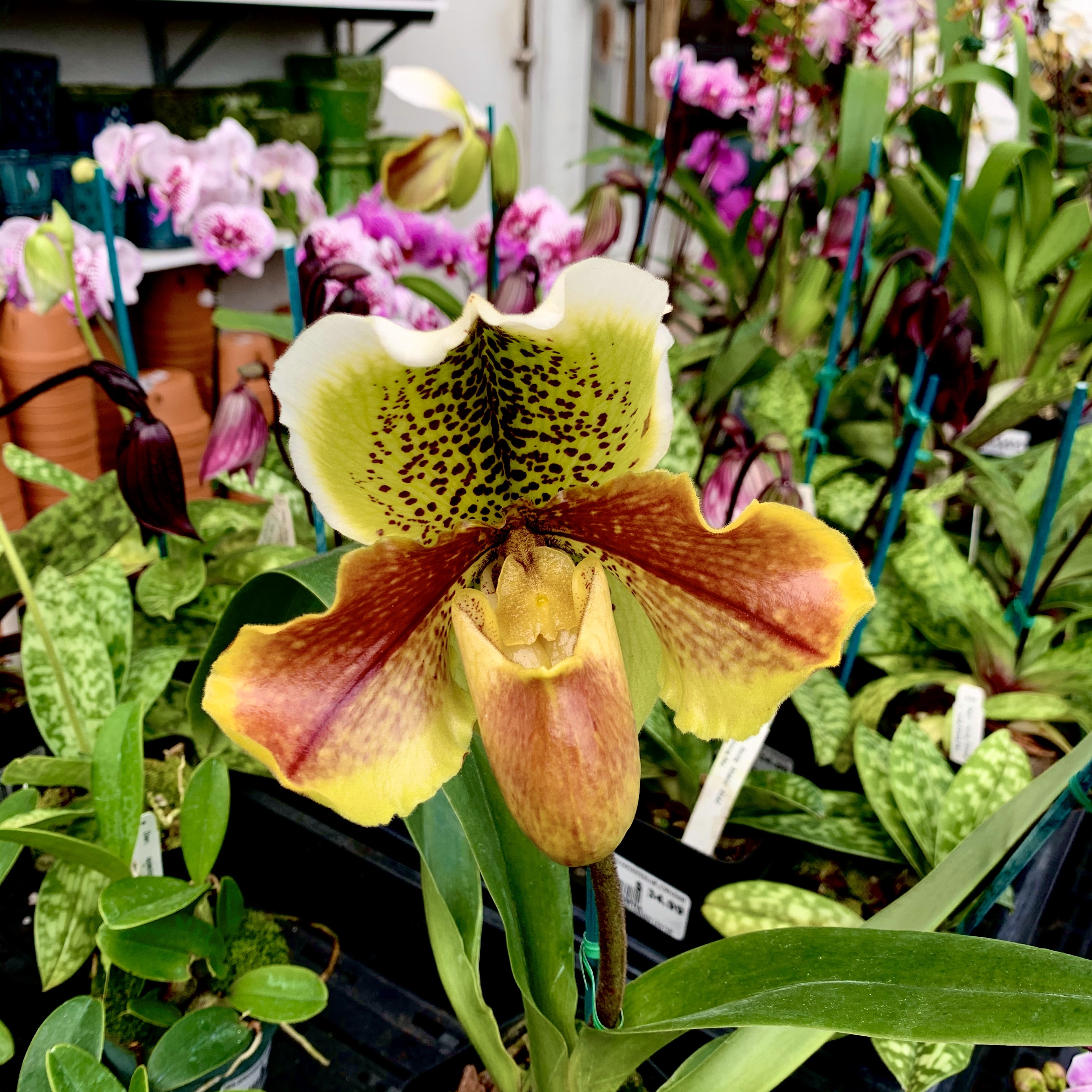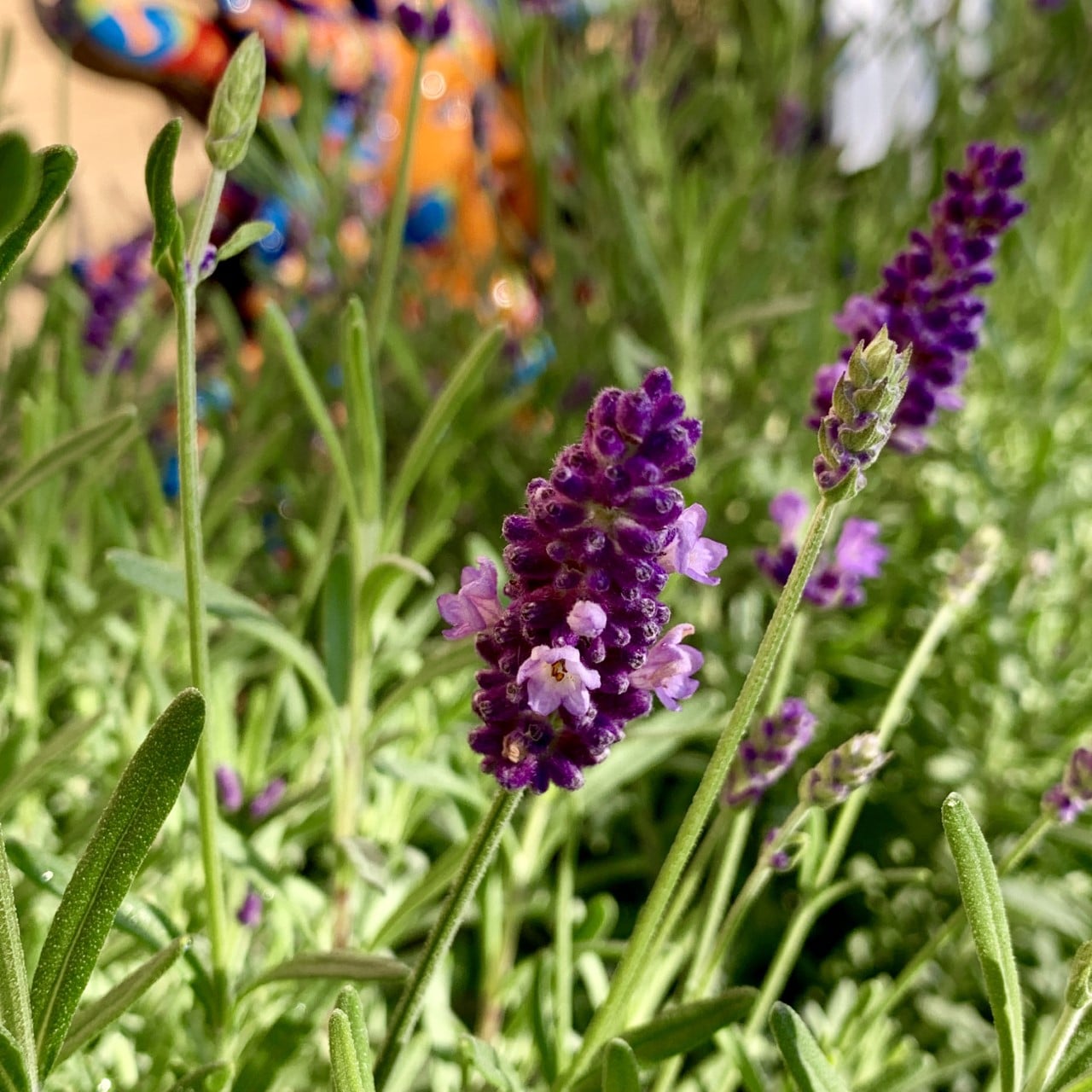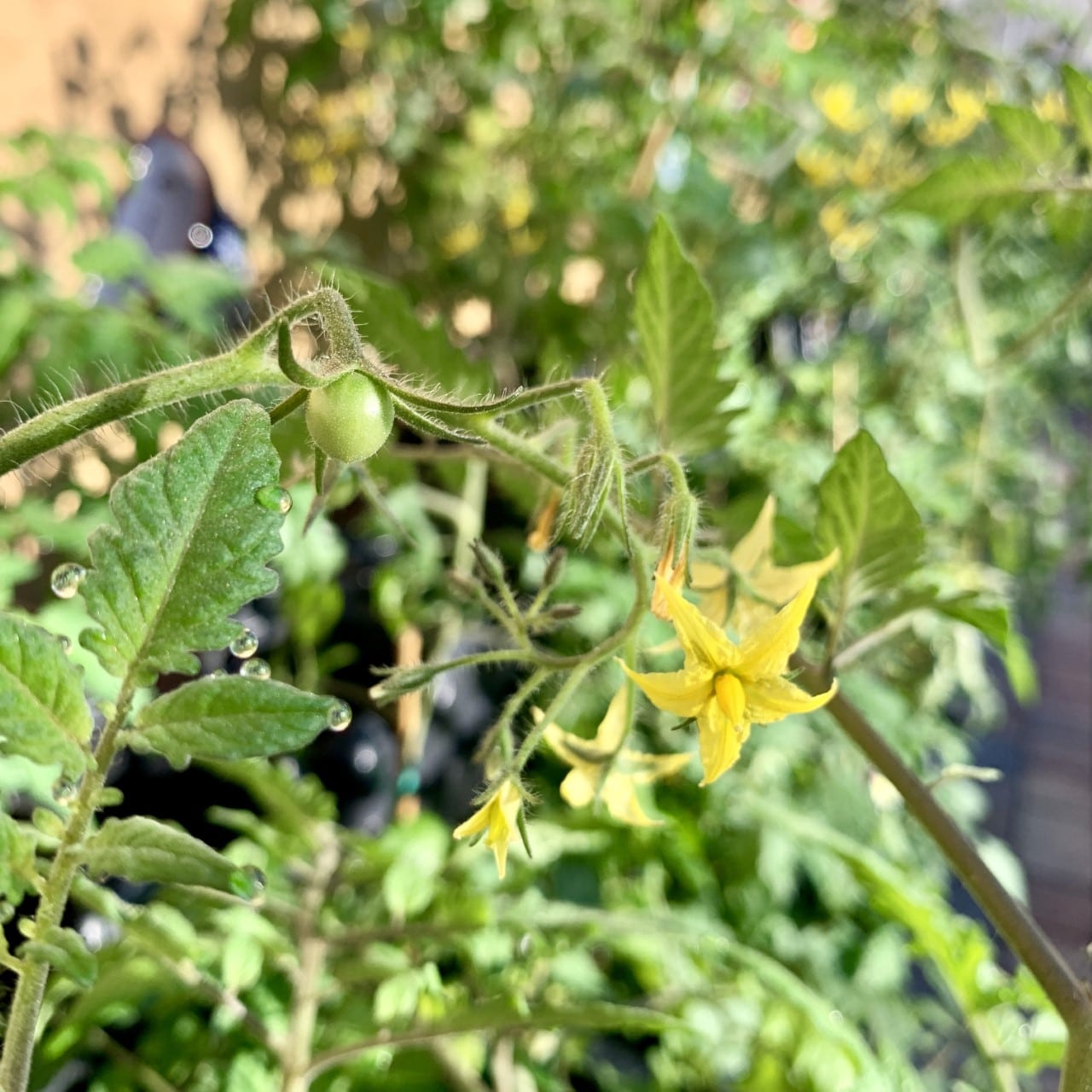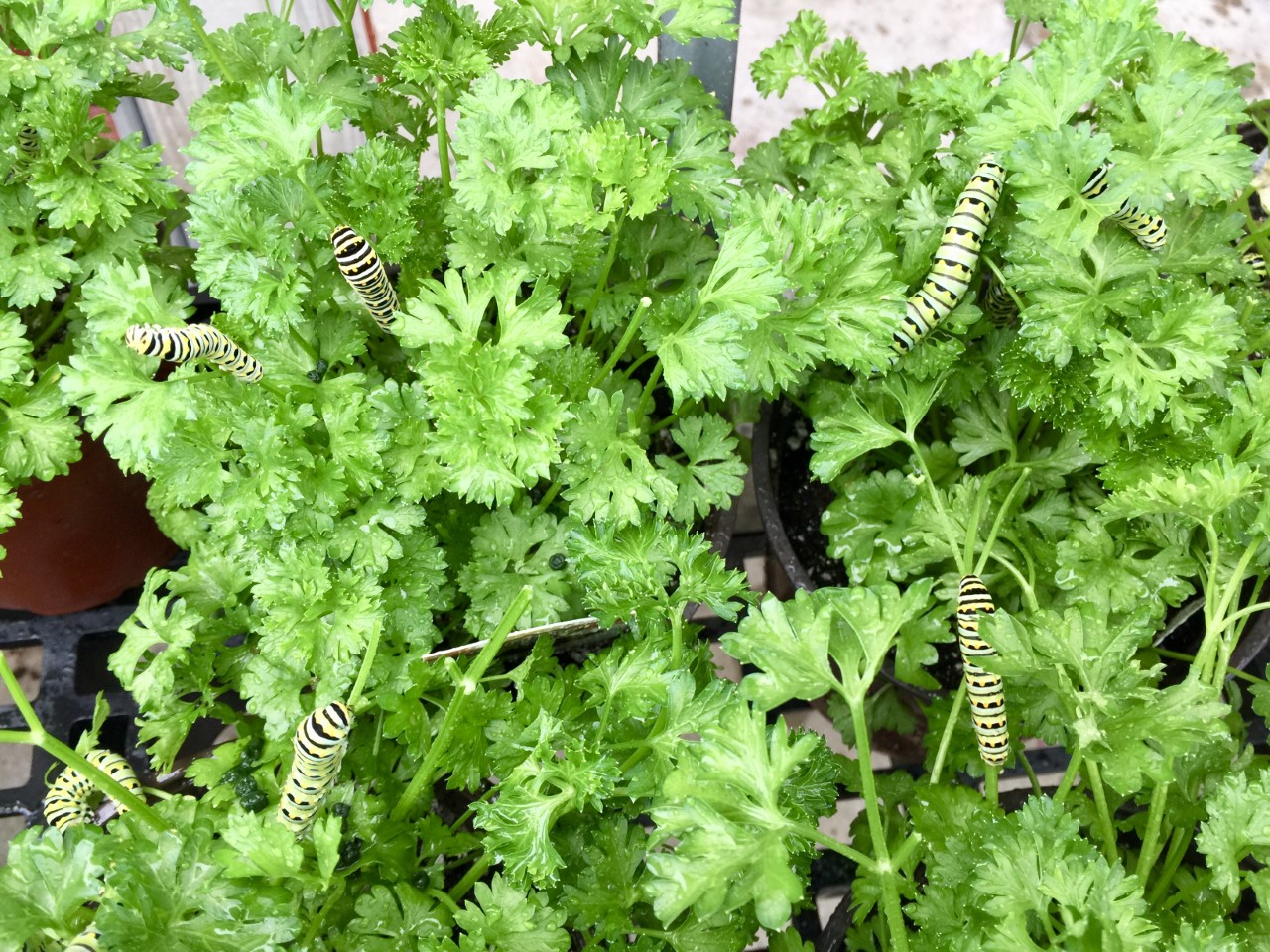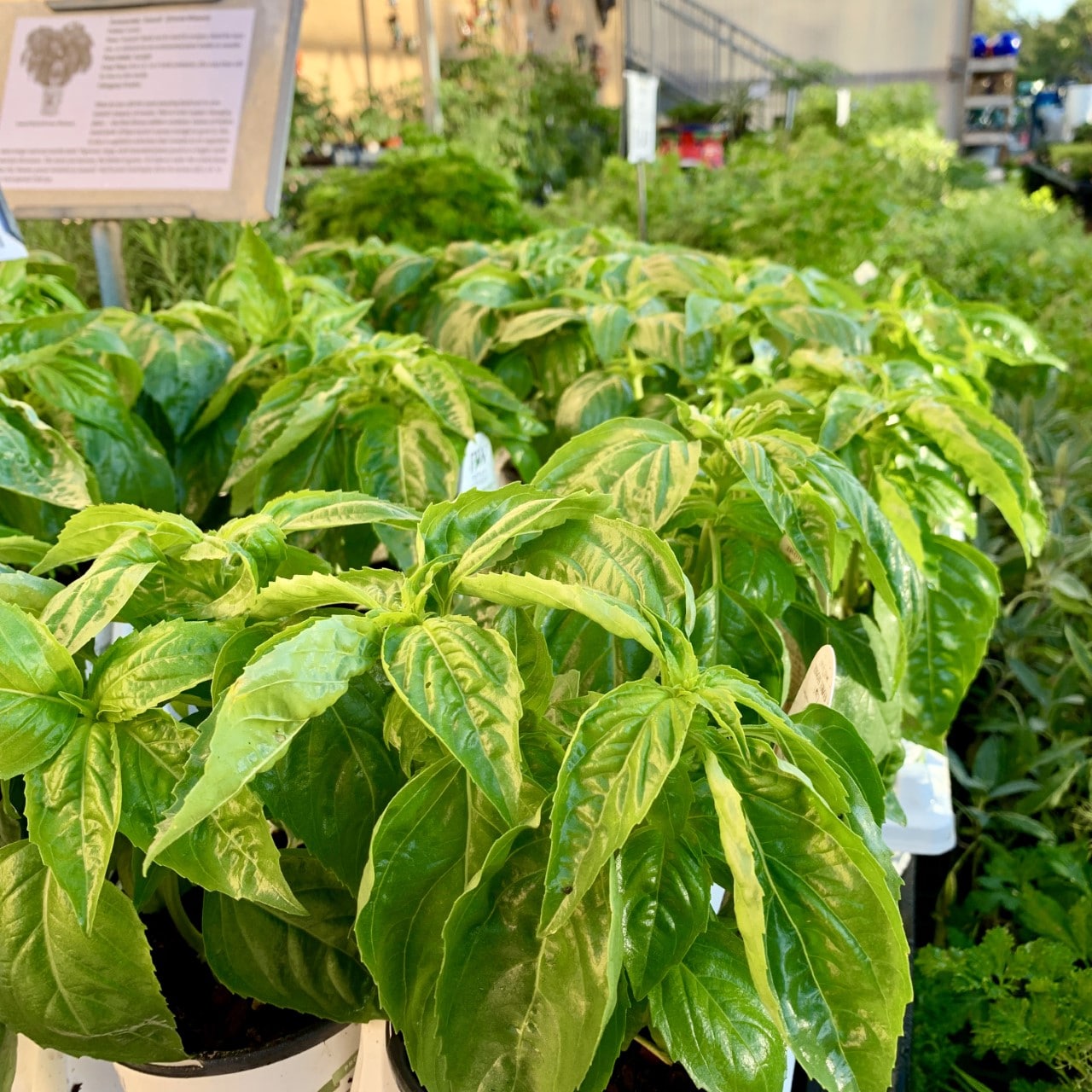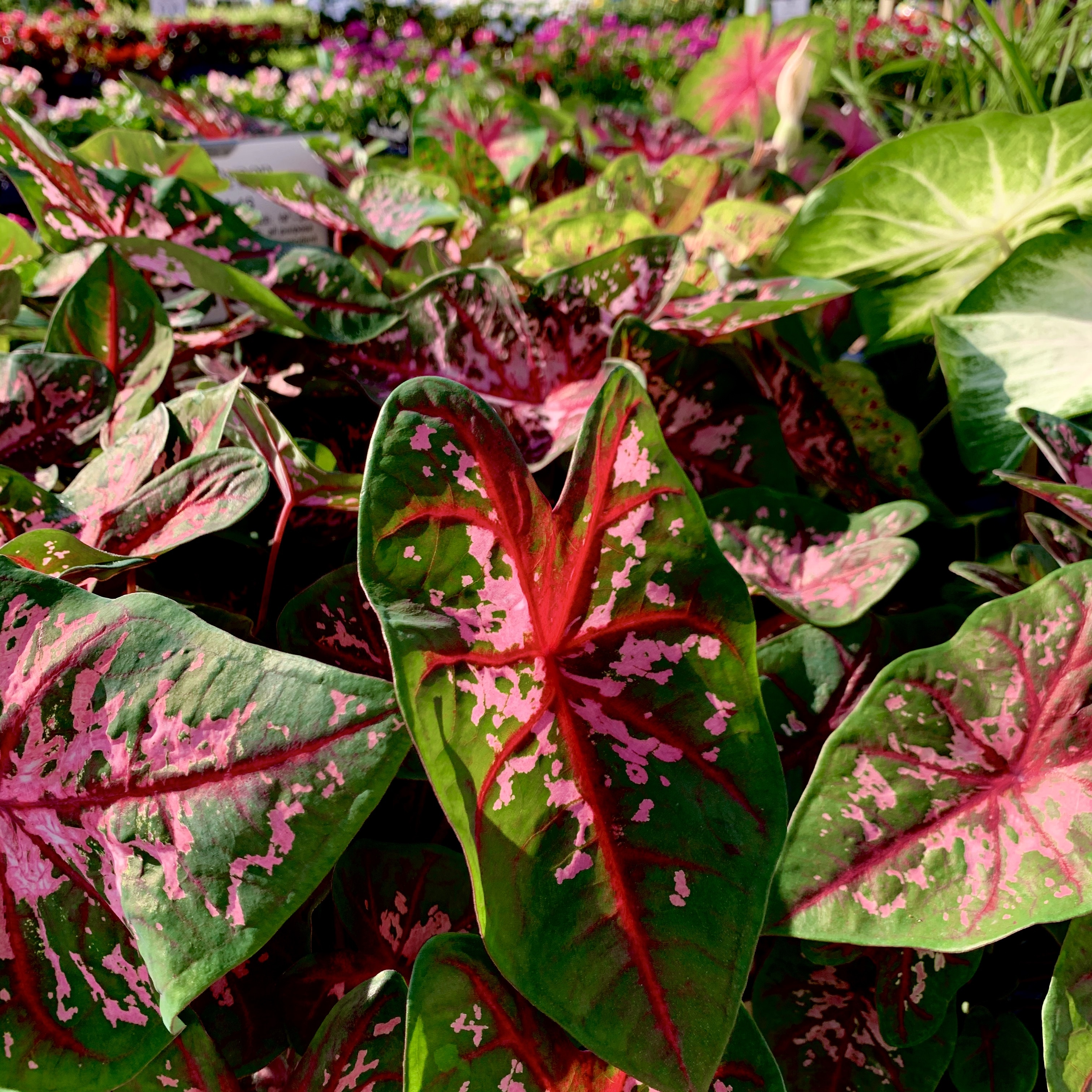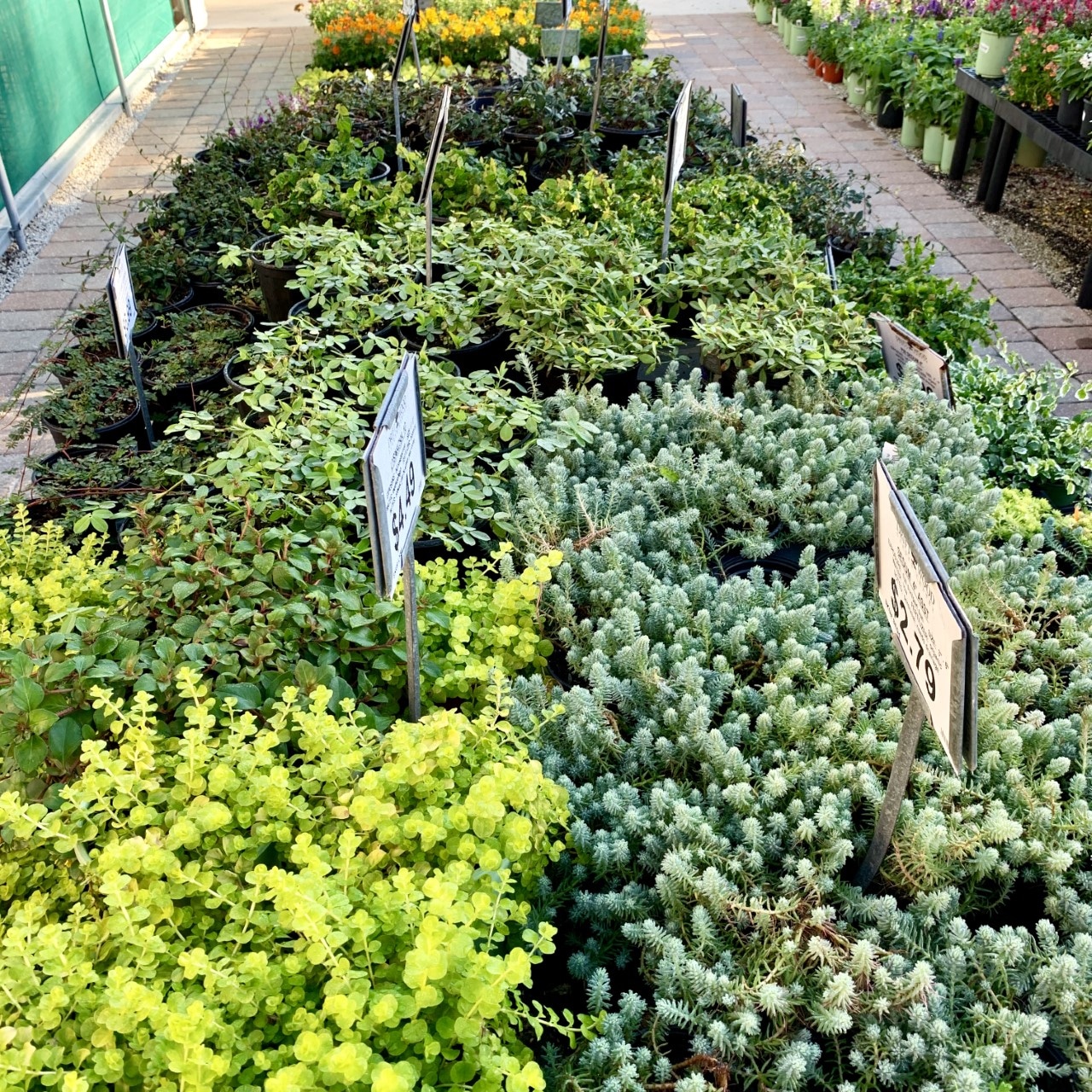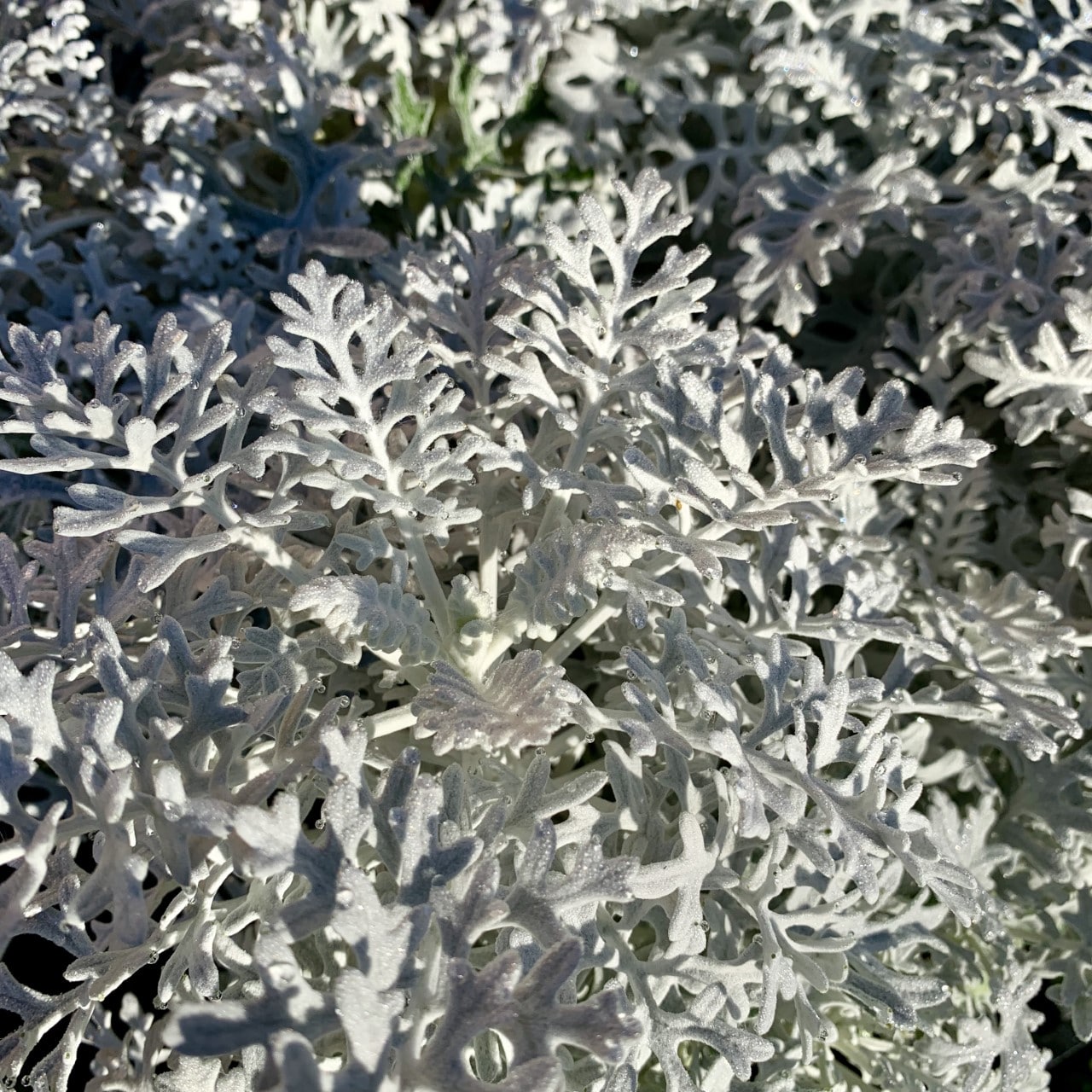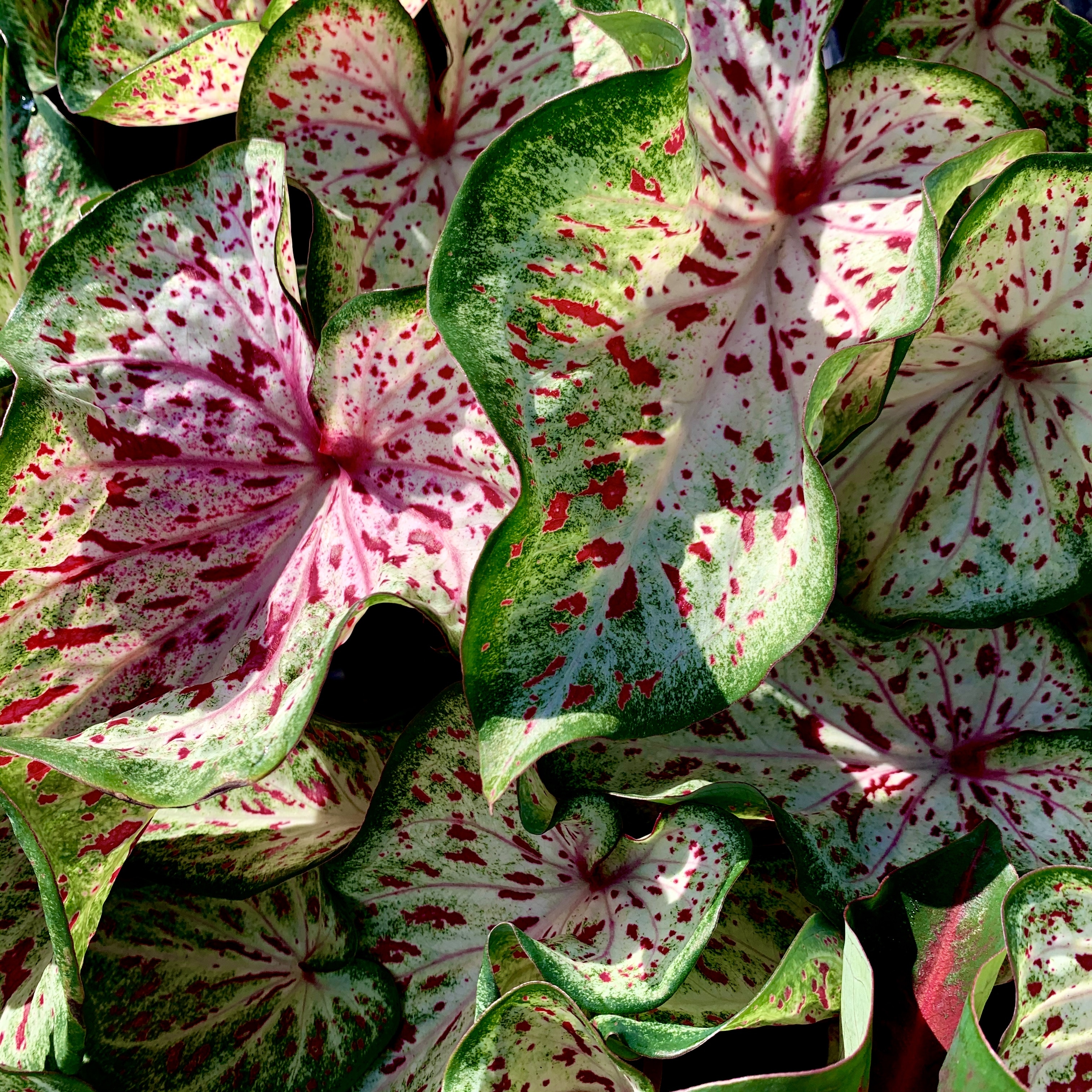No yard or landscape should be without a crape myrtle, or two, or three or… many! How wonderful to have something that blooms so profusely during that time of year when most other plants are looking tired and worn from the summer heat. The versatility of this plant makes it suitable for many types of yards and many uses, and once established, they will go on to add charm and delight to the landscape for many years.
About Crape Myrtles
Crape myrtles bloom in late summer and can be found in flower colors of pinks, lilac, white, reds and purples. Requiring very little maintenance once established, crape myrtles need a full sun location to thrive and they do not like wet feet. Keep these needs in mind when selecting a site to plant them. They will require some supplemental watering for the first year or so to get off to a good start and develop good roots. Crape myrtles are also pretty much pest-free, except for aphids on occasion and these are easily controlled with an insecticidal soap spray. Some varieties are more susceptible to powdery mildew than others but most of the newer varieties are more resistant to this fungus problem.
Planting Crape Myrtles
Although tolerant of a wide range of soil qualities, crape myrtles grow poorly in wet locations so be sure to select a well-drained planting site. Late spring to early summer is the best time to select and plant your new crape myrtles while they are actively growing and can settle in quickly. Plant at or slightly above ground level, spreading the roots out slightly and using mulch to protect and shelter the roots after planting. They do prefer a slightly acidic soil.
Crape Myrtle Types
Crape myrtles can be found in shrub, multi-stem tree and single trunk tree forms. For best results select a cultivar whose growth characteristics and ultimate mature size fit your intended use. Planting a shrub- or tree-like crape myrtle in an area of limited space will require yearly pruning to keep it from outgrowing its place. Single- or multi-stemmed tree-form crape myrtles are ideal as flowering specimen trees or as small, flowering shade trees near patios, walkways and entrances. Shrub forms make an excellent accent in a shrub border when planted in groups.
Pruning Crape Myrtles
If adequate room is provided, little pruning is required except to maintain shape or remove any dead or crossing branches. Remove any suckers or water sprouts to maintain tree forms and elegance. Blossoms are produced on new growth so you can prune anytime the plants are dormant through the winter.
With so much to love about these plants, there’s no reason not to add one to your yard this year! And next year, and the year after that, and the year after that…









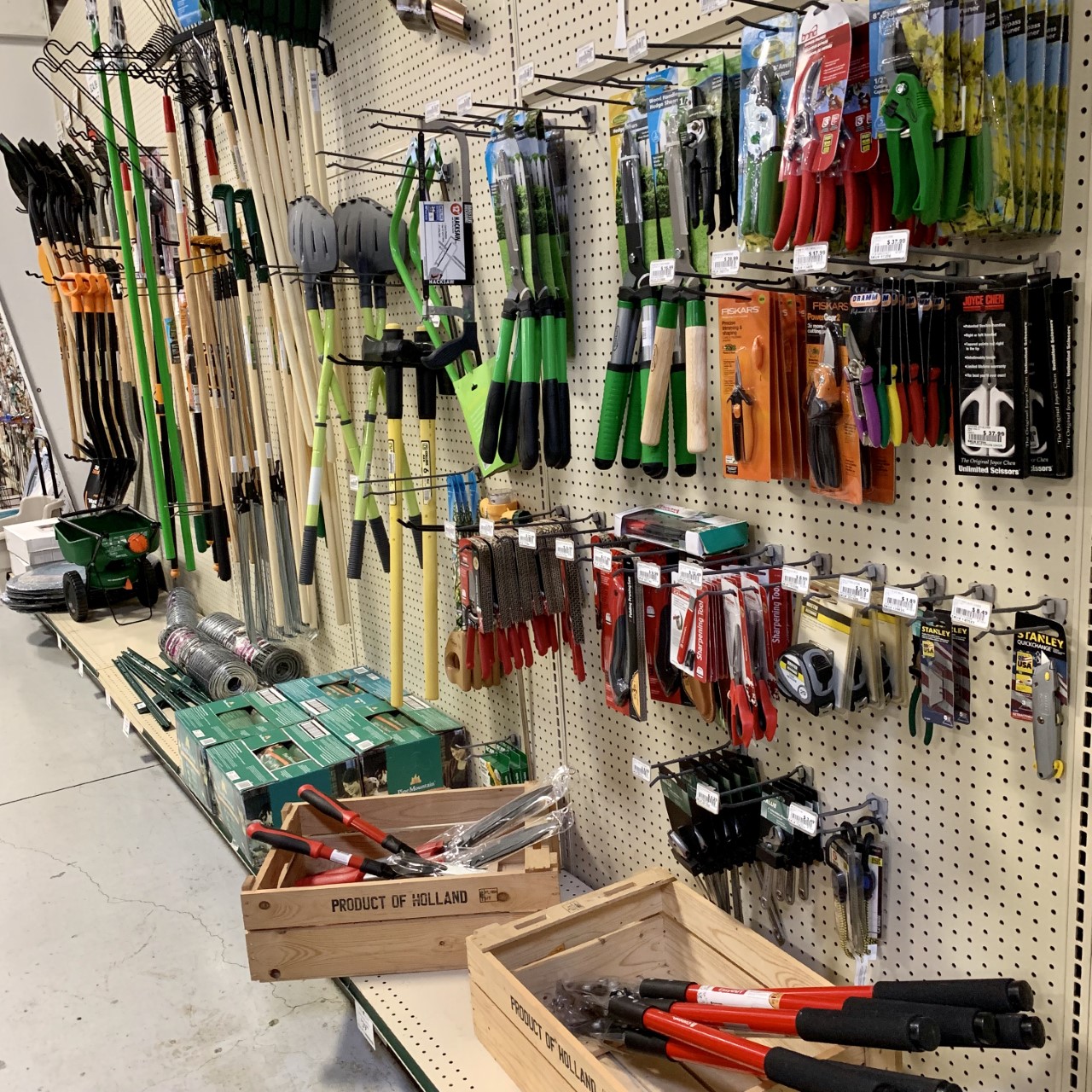
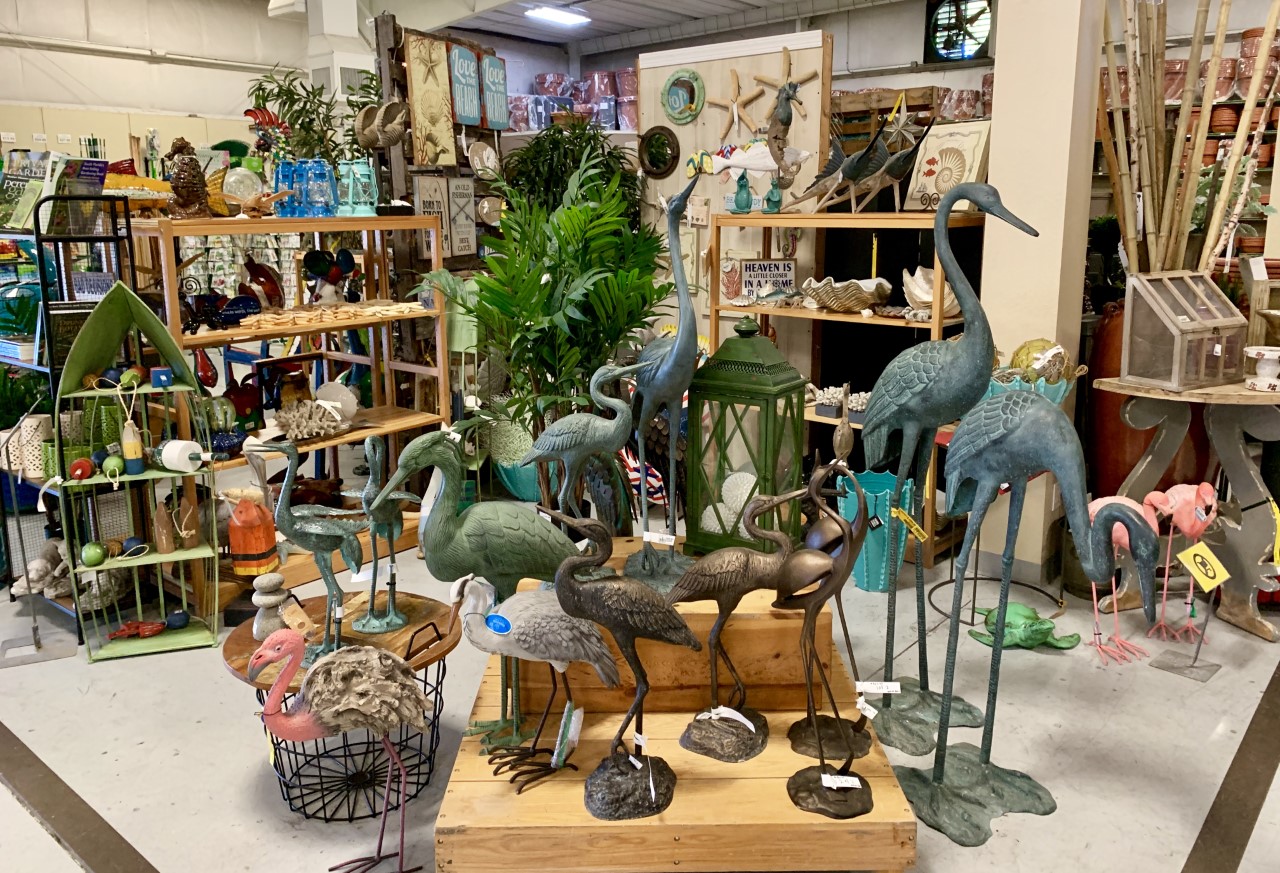
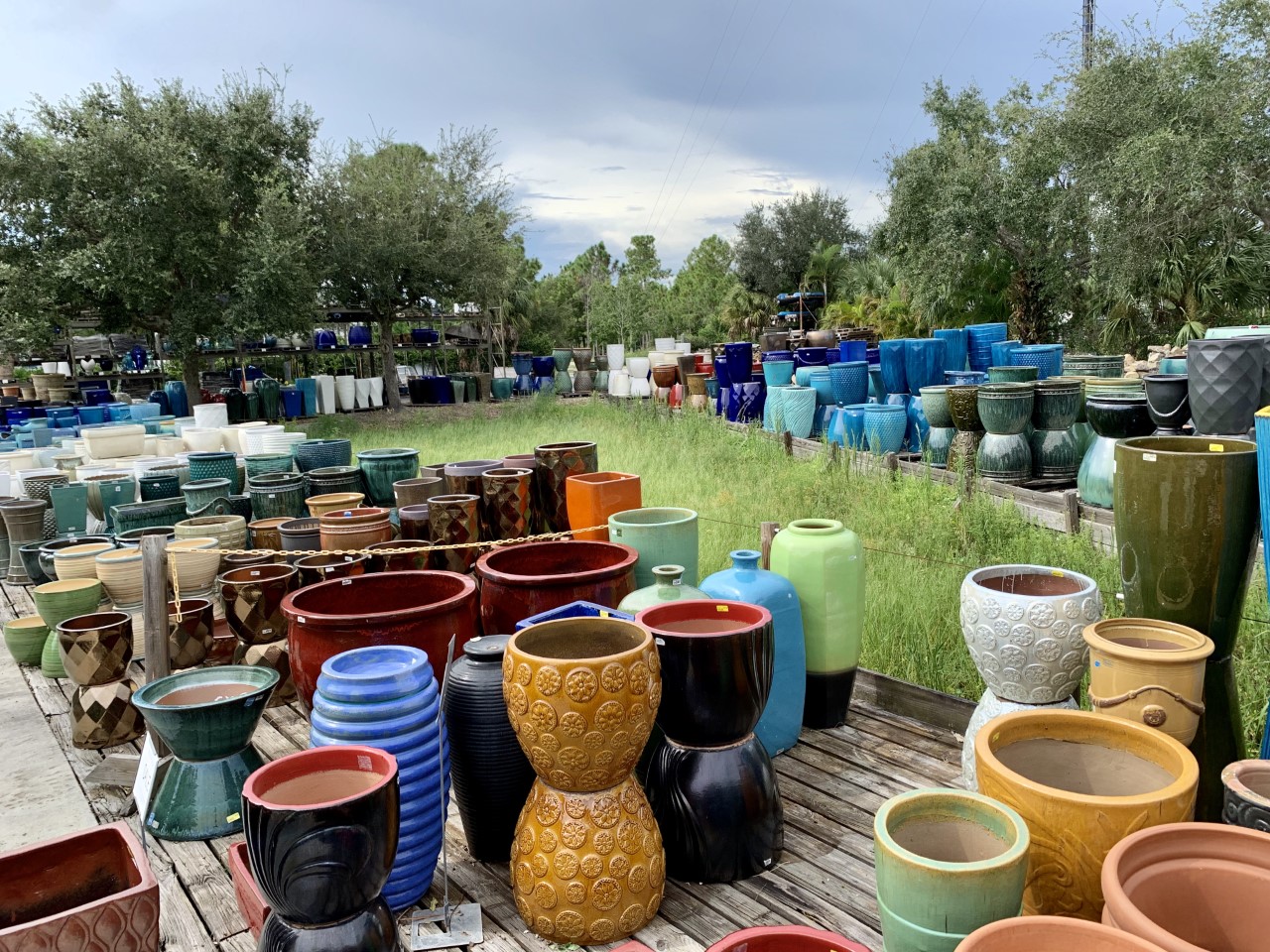
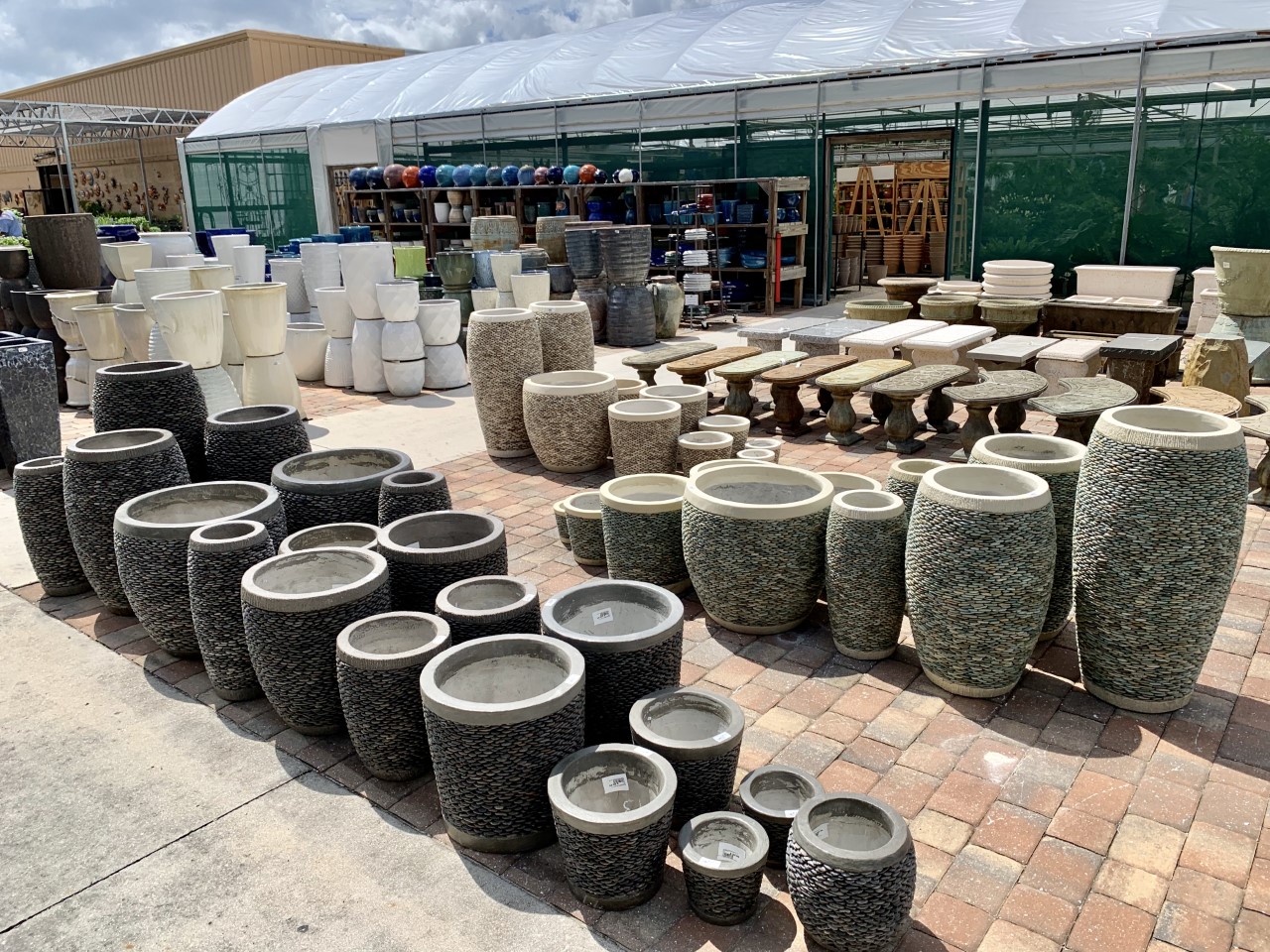
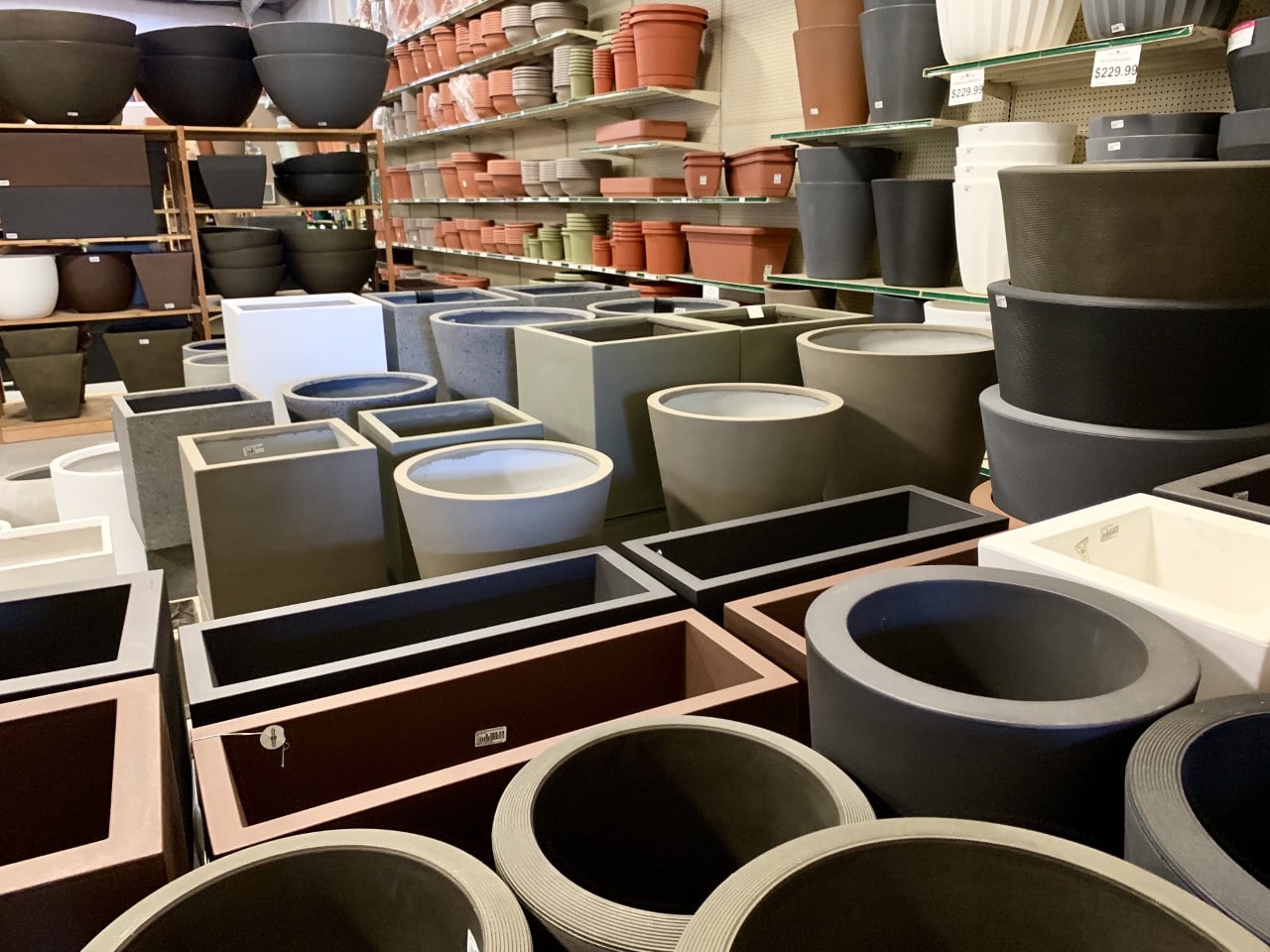

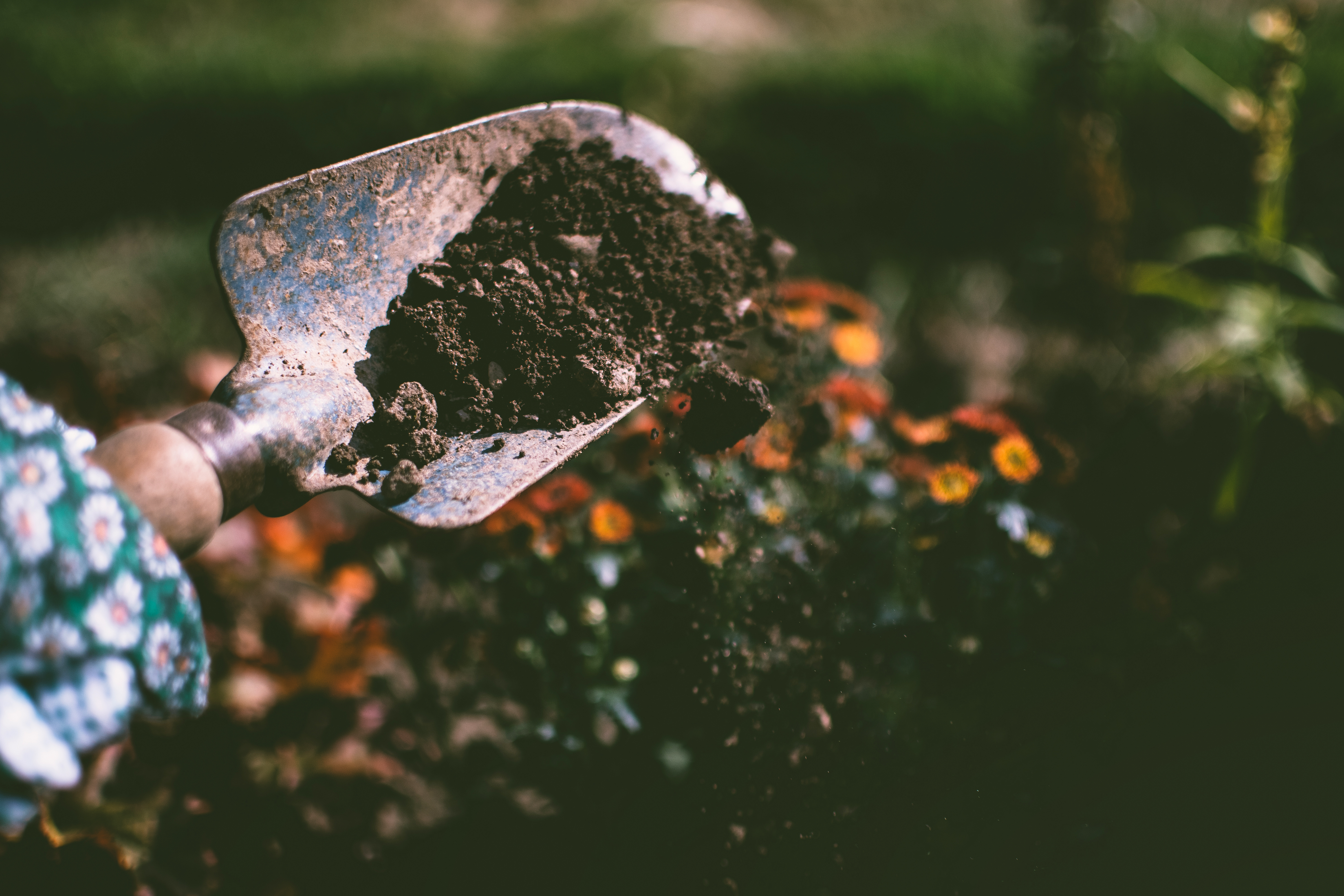
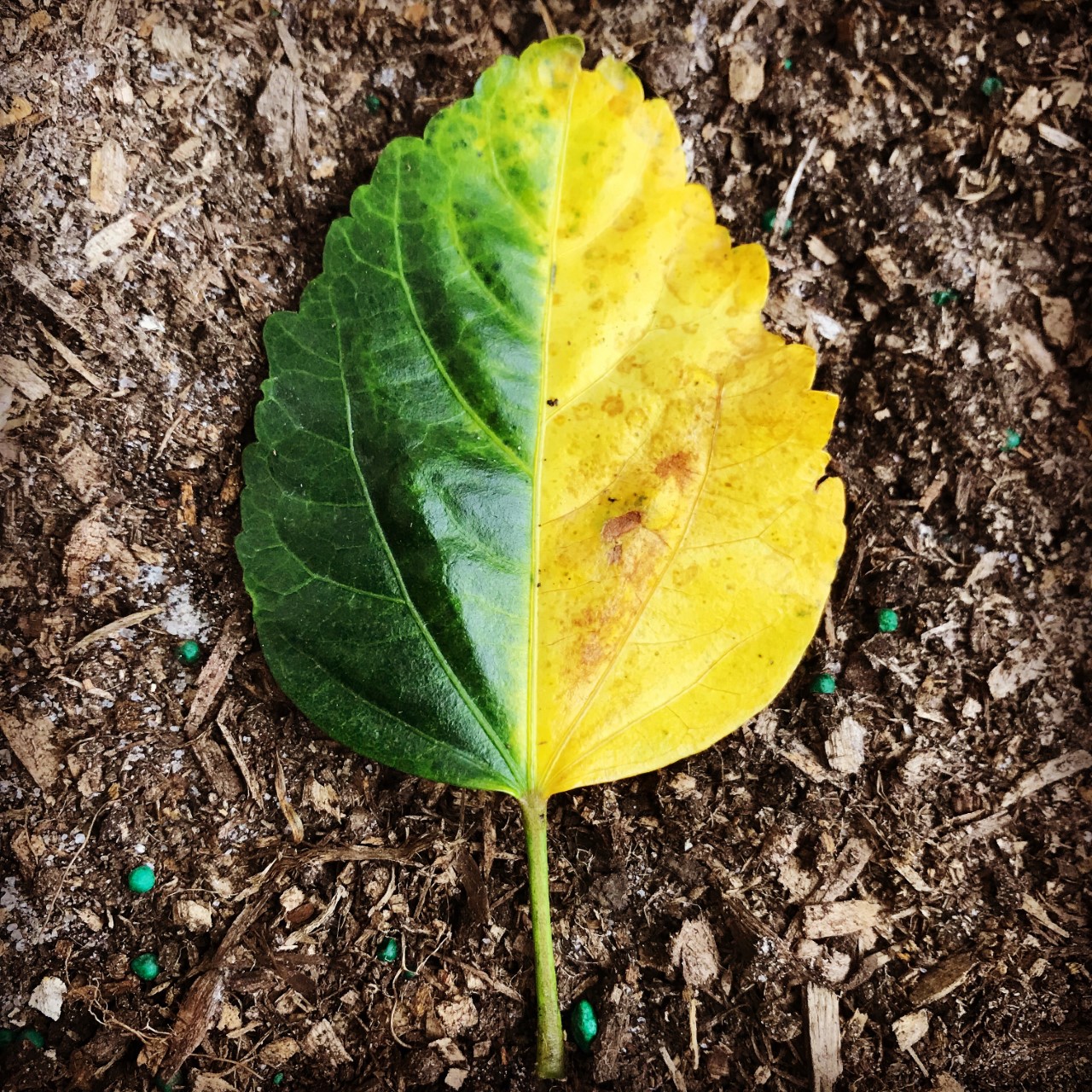
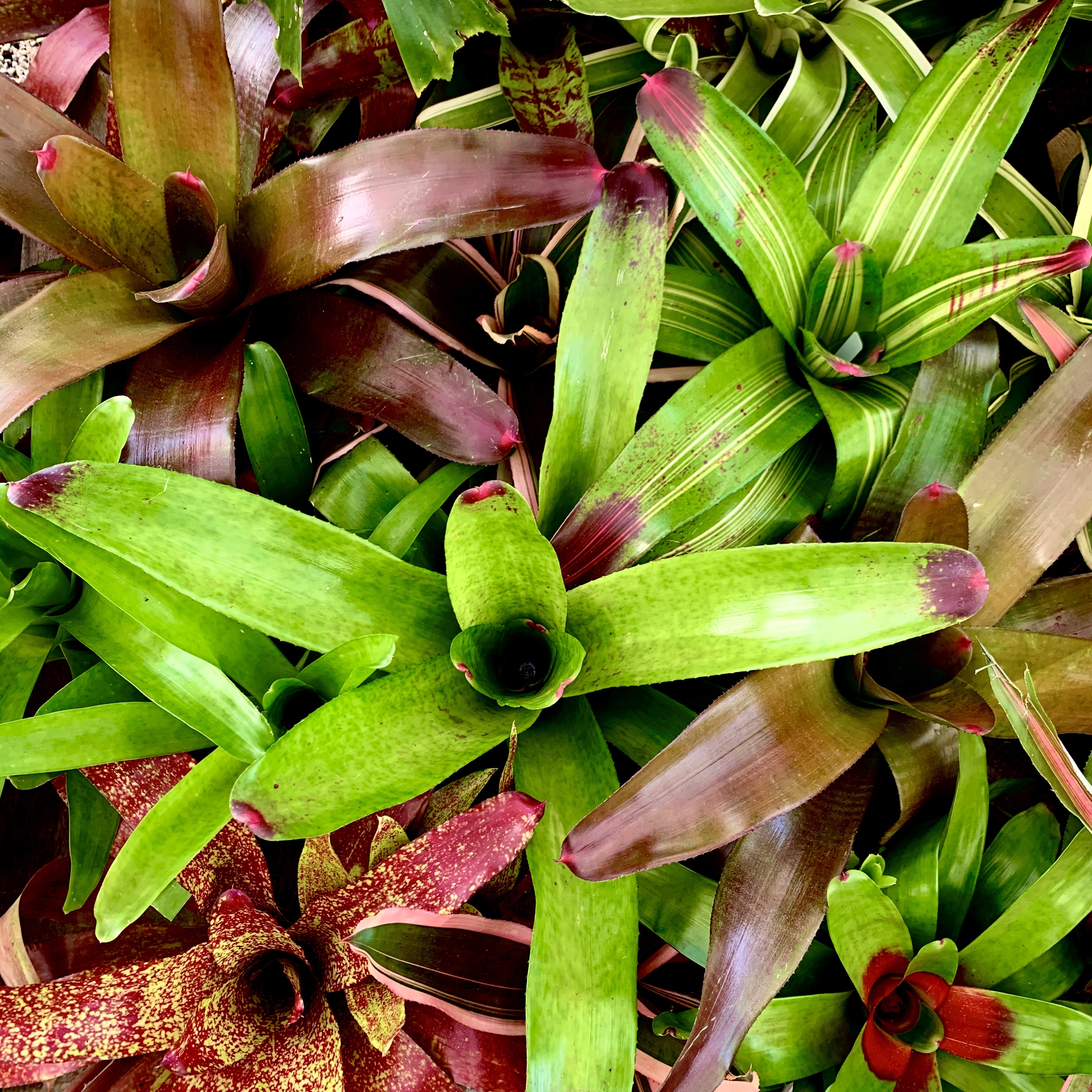
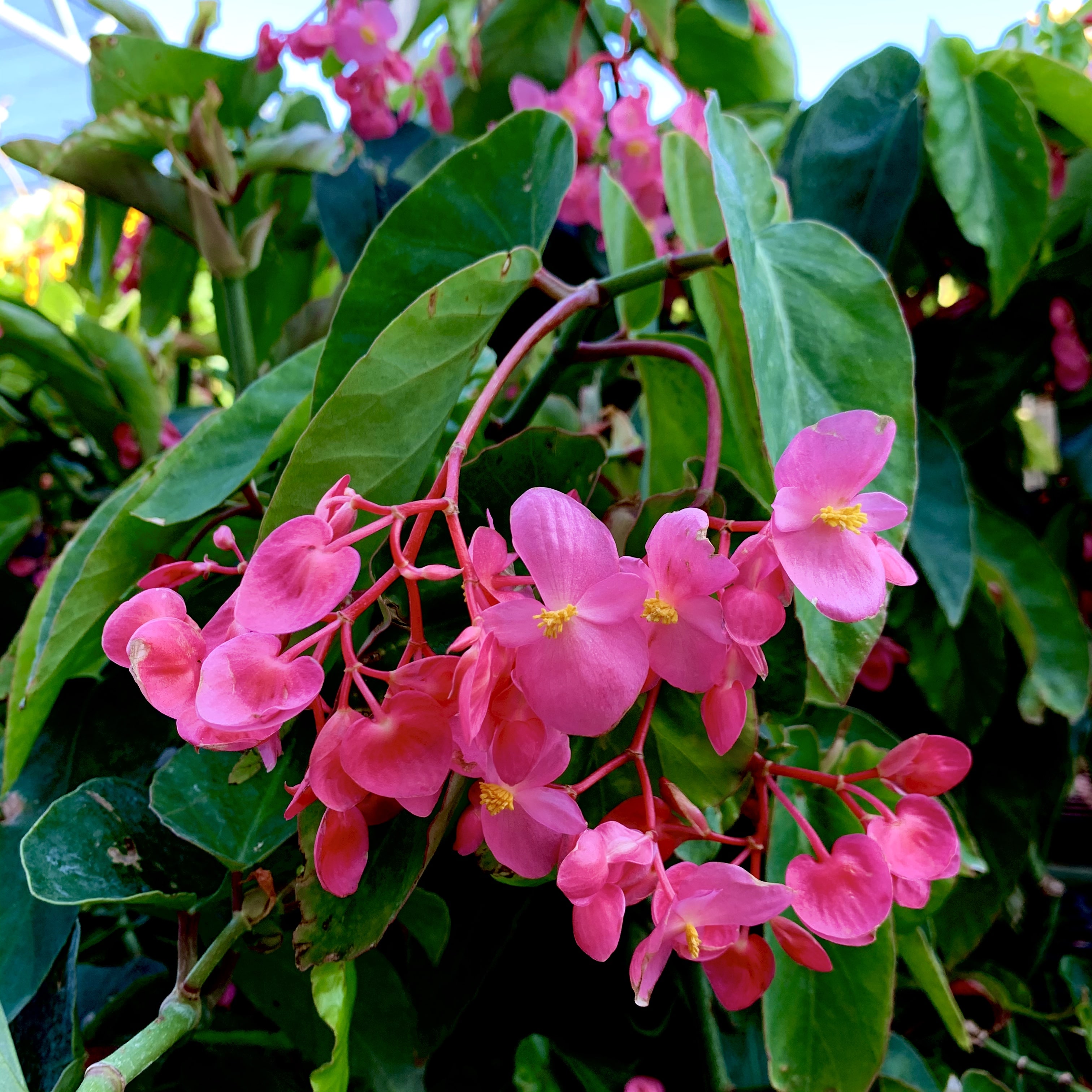
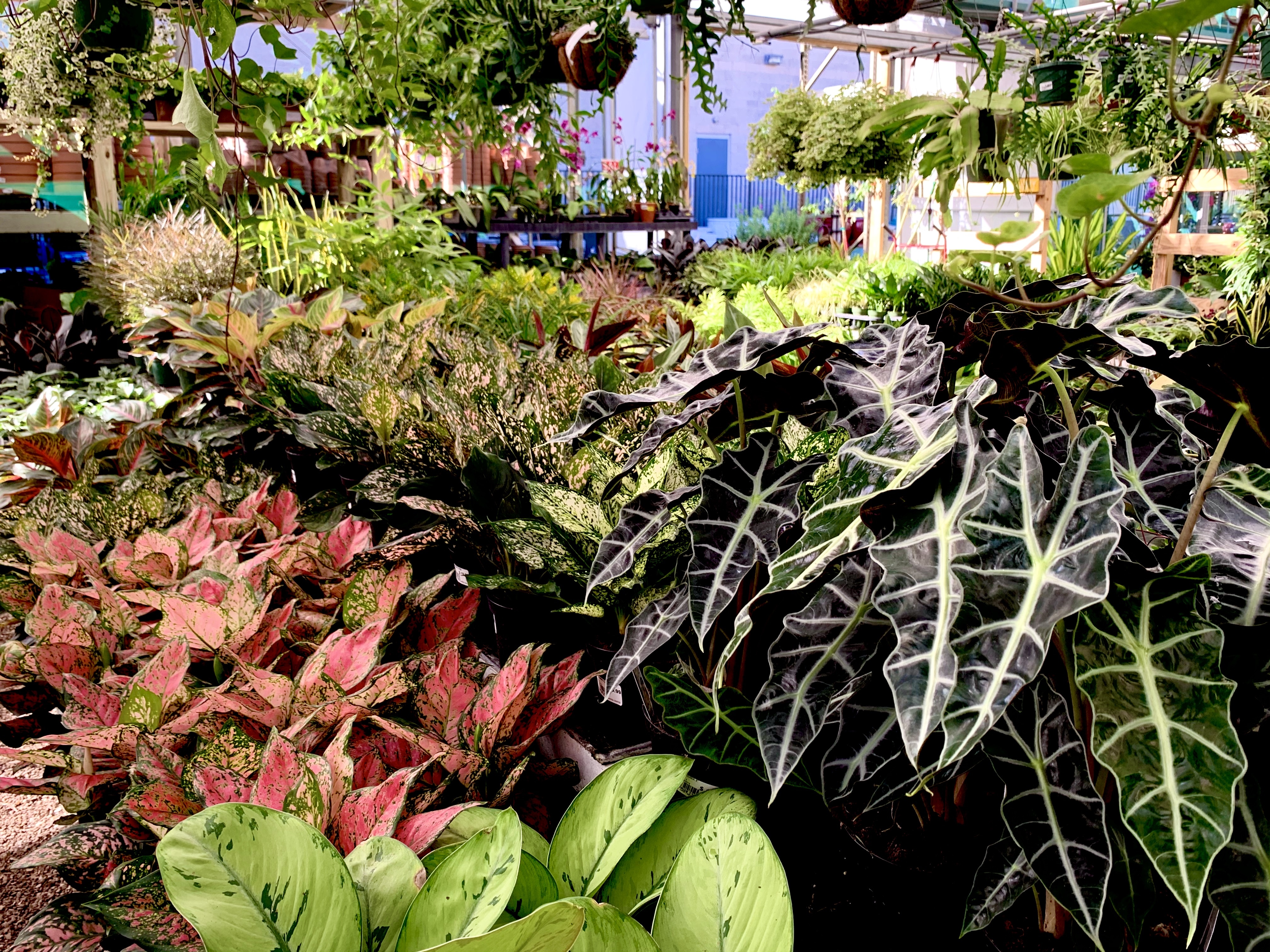 Houseplants come in many different forms to fit a wide range of looks. Many alocasia feature wide, tropical foliage and different shades of green, purple and white to bring new light to an otherwise bland area. Cascading ice plants, hoyas, pothos and many others drape over the edge of pots or hanging baskets. There are many different ways to fit beautiful color and eye-catching foliage anywhere at home.
Houseplants come in many different forms to fit a wide range of looks. Many alocasia feature wide, tropical foliage and different shades of green, purple and white to bring new light to an otherwise bland area. Cascading ice plants, hoyas, pothos and many others drape over the edge of pots or hanging baskets. There are many different ways to fit beautiful color and eye-catching foliage anywhere at home.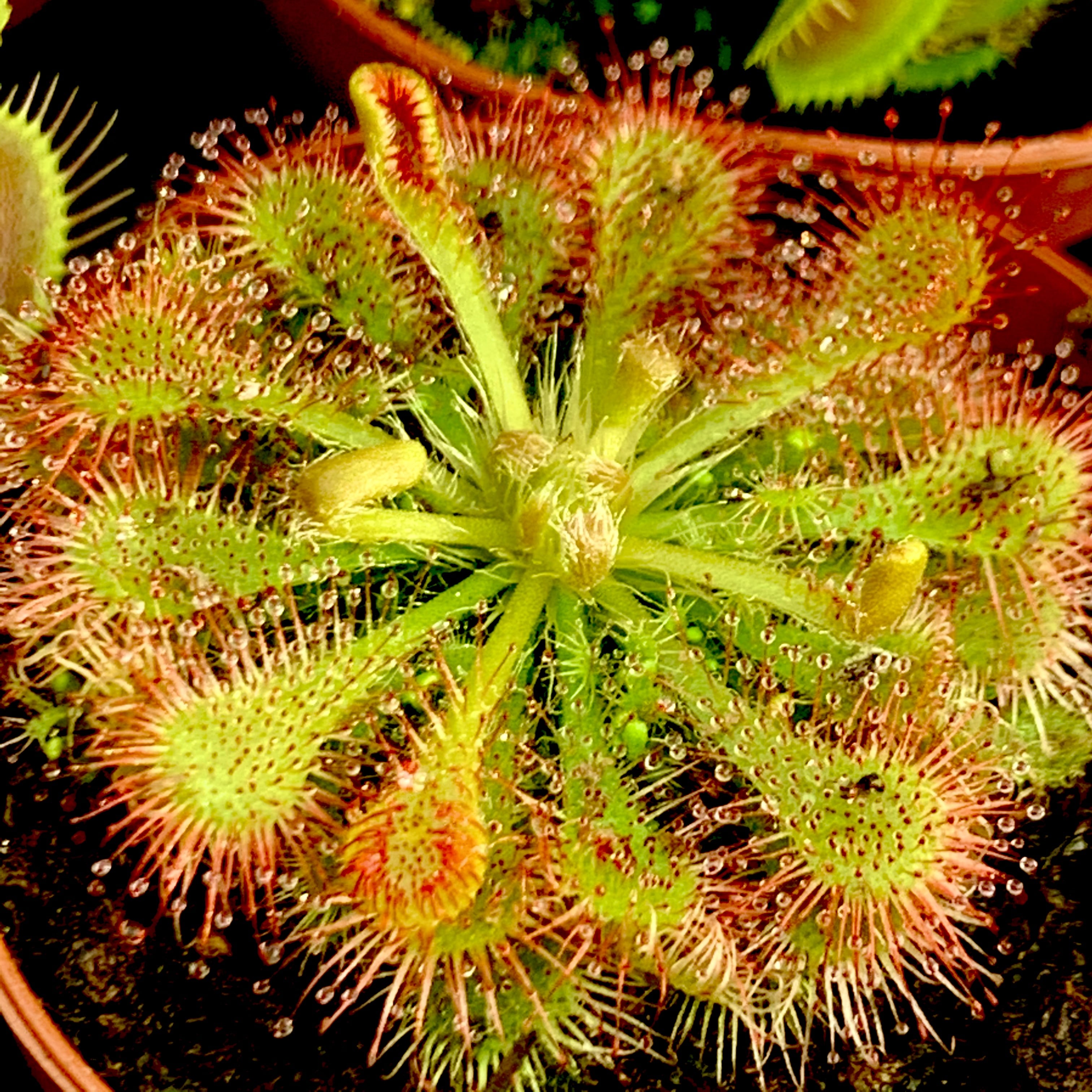
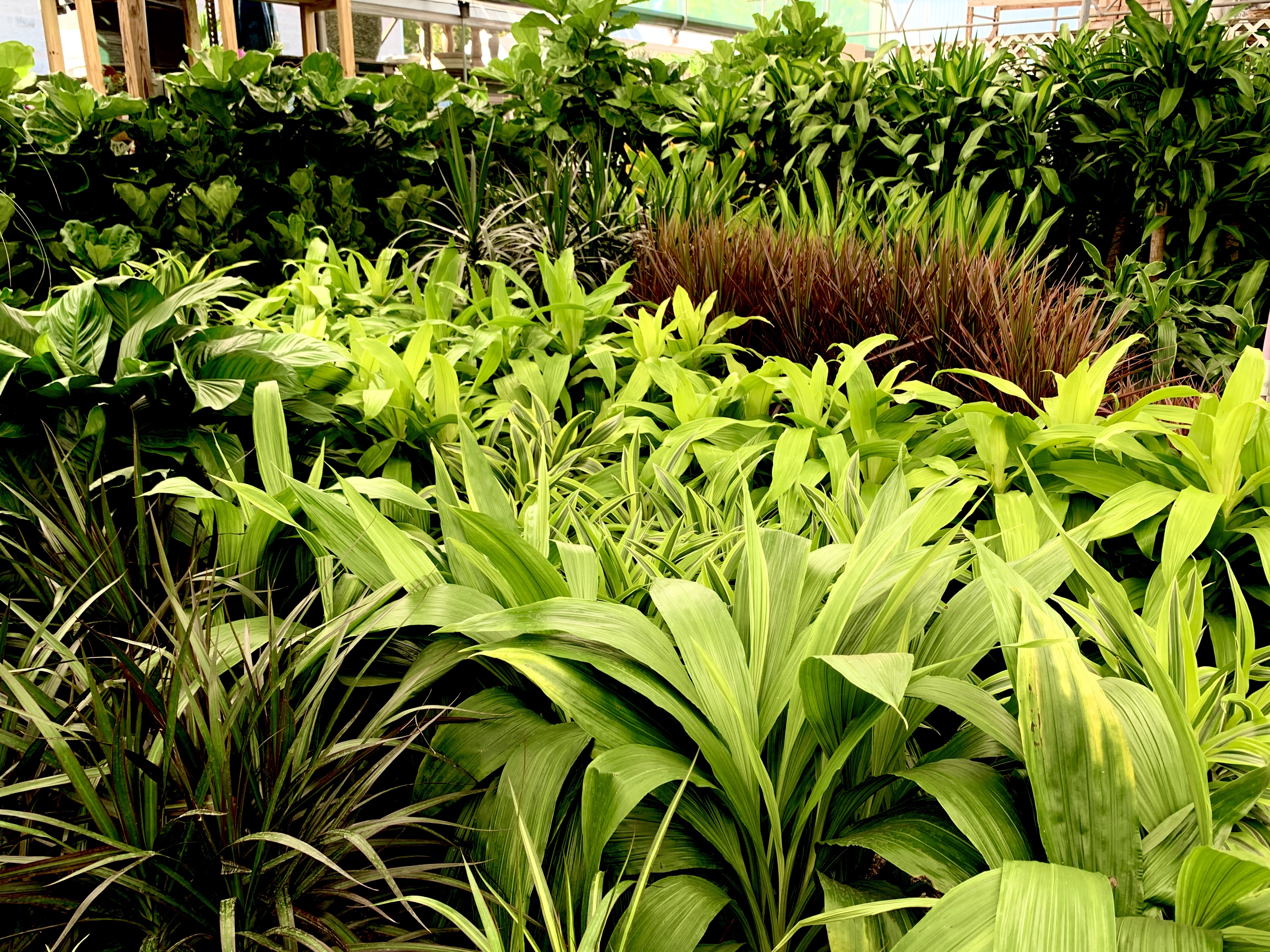
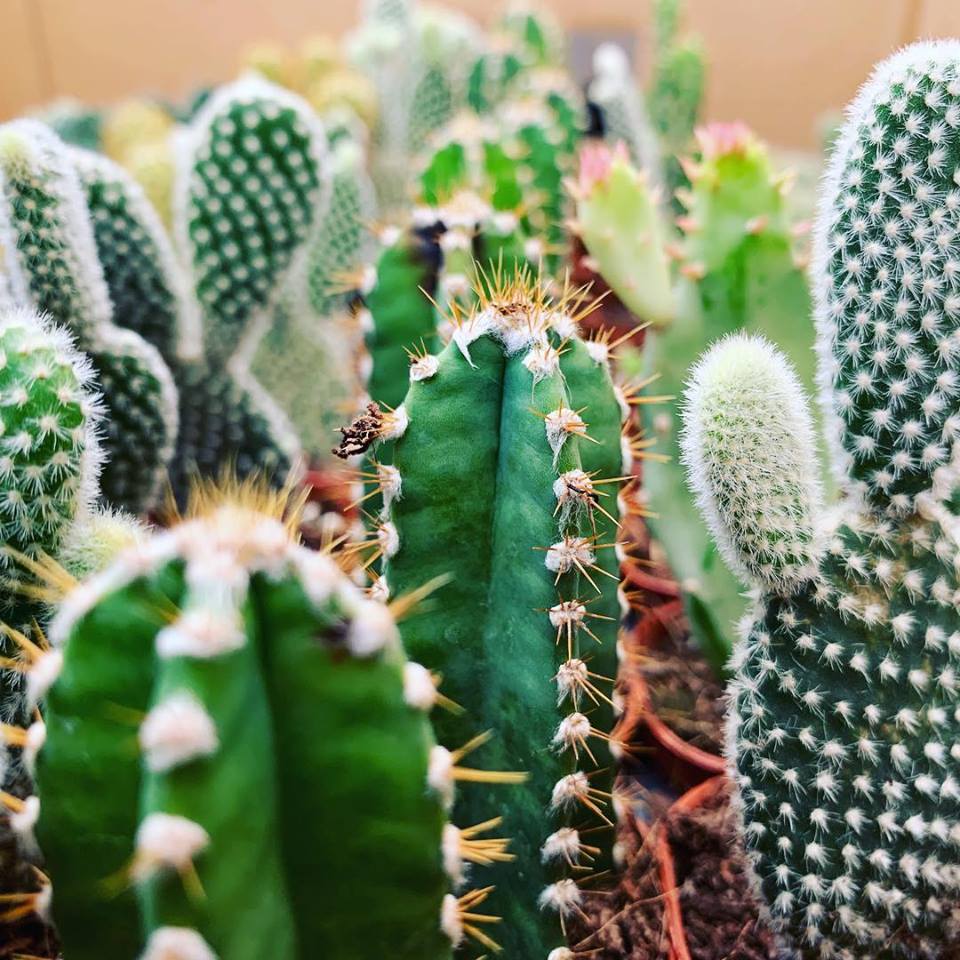 Cacti and succulents have become increasingly popular in recent years. From specialty growers and collectors to stores, websites and collectibles, it is no wonder they have become such a trendy houseplant. This popularity is no doubt due to the fact that all these plants are inherently easier to take care of compared to most other houseplants simply because they do not need much water or attention to survive.
Cacti and succulents have become increasingly popular in recent years. From specialty growers and collectors to stores, websites and collectibles, it is no wonder they have become such a trendy houseplant. This popularity is no doubt due to the fact that all these plants are inherently easier to take care of compared to most other houseplants simply because they do not need much water or attention to survive.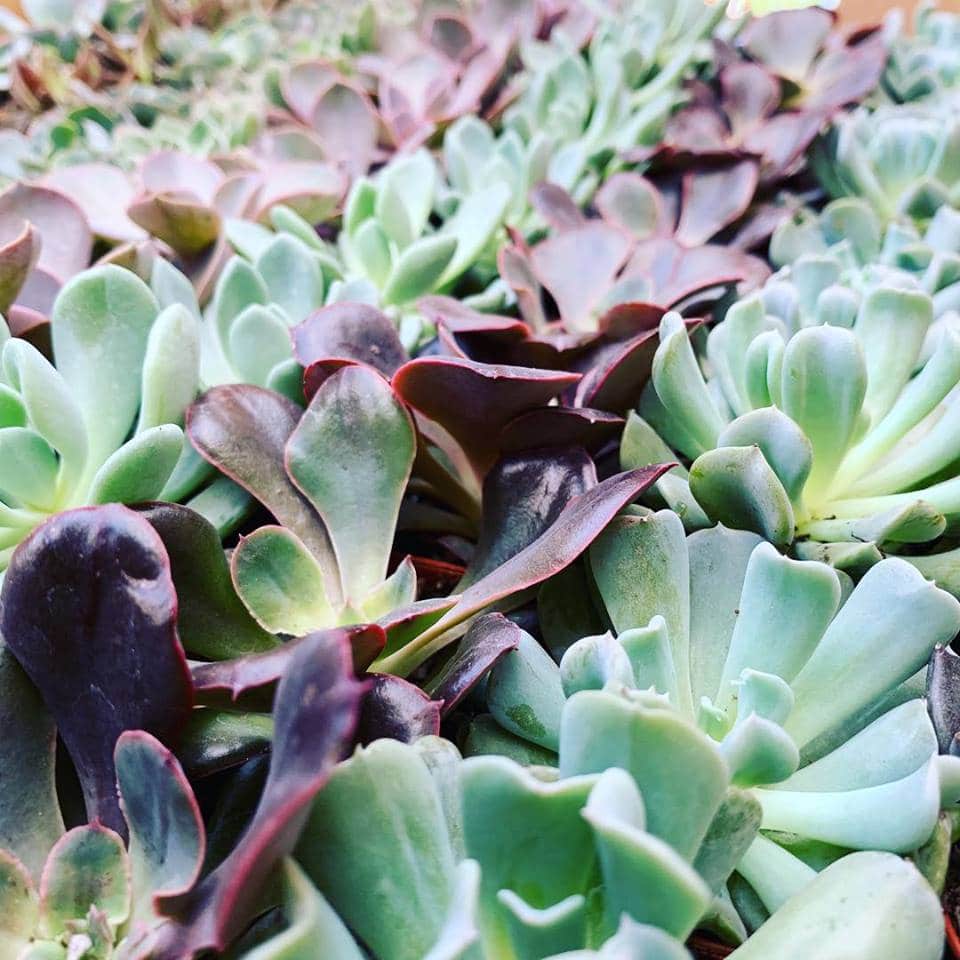 Many may not think of south Florida as an ideal location to grow or purchase cacti and succulents due to our heavy summer rains. Although they are known for living on the dry side, many can be kept happy as a houseplant or out in the landscape as long as they are planted in well-draining soil. For this reason, we at Driftwood keep our succulent selections inside our covered shade-house in order to have full control over the watering. If kept as a houseplant, these plants need as much bright light as possible, so by a sunny window is best. However, most varieties can be transitioned to take full sun if acclimated slowly.
Many may not think of south Florida as an ideal location to grow or purchase cacti and succulents due to our heavy summer rains. Although they are known for living on the dry side, many can be kept happy as a houseplant or out in the landscape as long as they are planted in well-draining soil. For this reason, we at Driftwood keep our succulent selections inside our covered shade-house in order to have full control over the watering. If kept as a houseplant, these plants need as much bright light as possible, so by a sunny window is best. However, most varieties can be transitioned to take full sun if acclimated slowly.